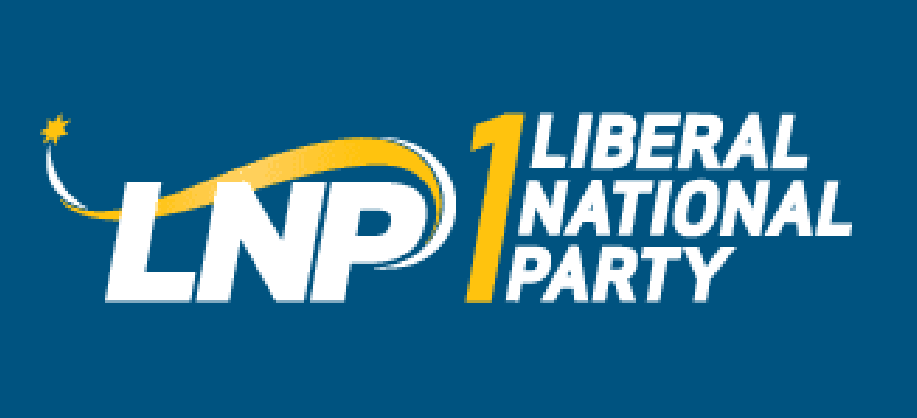Nuclear Energy – Speech in the Federation Chamber 13/02/23
Hansard 13/02/2023 Federation Chamber
Mr LLEW O’BRIEN (Wide Bay) (18:56): It gives me a great deal of pleasure to rise to speak on this private member’s motion by the member for Lyne. We must remove federal and state bans so nuclear energy can deliver affordable energy security to our decarbonised electricity grid. Australia has been at the forefront of nuclear science and technology since the 1950s, when the Australian Atomic Energy Commission set up a research reactor at Lucas Heights in Sydney. Lucas Heights is one of only 70 reactors worldwide capable of producing life-saving medical radioisotopes. We have one of the world’s leading safety authorities to oversee the operation of Australia’s nuclear industries.
Today, in Senate estimates, a top federal bureaucrat needed help to answer questions about how Australia can achieve an uplift in transmission assets across the grid with the issue of rolling out thousands of kilometres of lines, especially to remote solar and wind farms in communities that struggle with towers on their properties. Most decarbonisation scenarios show that accelerating renewables deployment over time—access to the thousands of sites needed for renewables—will become increasingly difficult, as the best sites are developed first. Australia’s leading systems engineers came to the parliament and warned us that, as the arms race to renewables takes off, land for lower-capacity sites will become more expensive and difficult to find. The energy they provide is intermittent, so we will have to import new community batteries every 15 years. Yet today environmental department heads could not give assurances that there will be enough batteries to sustain an 82 per cent renewable grid.
Our 2050 policy says that everything from our cars, buses and planes to cement plants will be electric. We will need a 215 per cent increase on the 200 terawatt hours of electricity we generate now. Nuclear is the only low-emissions power generator that can operate reliably, regardless of weather. It has worked for 33 nations in six continents for generations. Australia has one of the largest grids in the world. We used to have the third-cheapest power bills in the OECD. We are now the third most expensive in the OECD, with the spot price reaching record highs last week. Labor claims nuclear power is not cost-effective. Why do more than 30 countries in the world rely on nuclear, with power more affordable than ours?
Engineers warn us that the total 60-year nominal capital cost of a renewable net zero option, including hydro, solar, wind and batteries, stands at over $1.2 trillion. The total 60-year nominal cost of nuclear power stations is less than half that at $594 billion. Nuclear is cheaper than renewables, it’s familiar to Australia, it’s already on submarines that come to our harbours, it’s already in Sydney. This Labor government prefers scaremongering to listening to experts. It seems to think that if we build lots and lots of wind and solar, power will become as cheap as possible, but that is not the reality of things. These resources cannot match the demand of the grid, which must be met by reliable supply every second of the day and night. Instead, we will be left with an extremely expensive and highly volatile power system.
Nuclear technology options are being manufactured to create reliable baseload power in Canada and the United States. We just need them here. The perfect sites for our nuclear power stations are our old coal-fired power stations, just as they are retrofitted in the United Kingdom. The existing steam turbine generators from old coal-fired power stations and their electrical distribution systems can provide nuclear power to the grid without significant modification, saving the pain and cost of building transmission lines for renewables, which threaten to carve up parts of Wide Bay. This is the only way we can reach net zero by 2050.
(ENDS)


